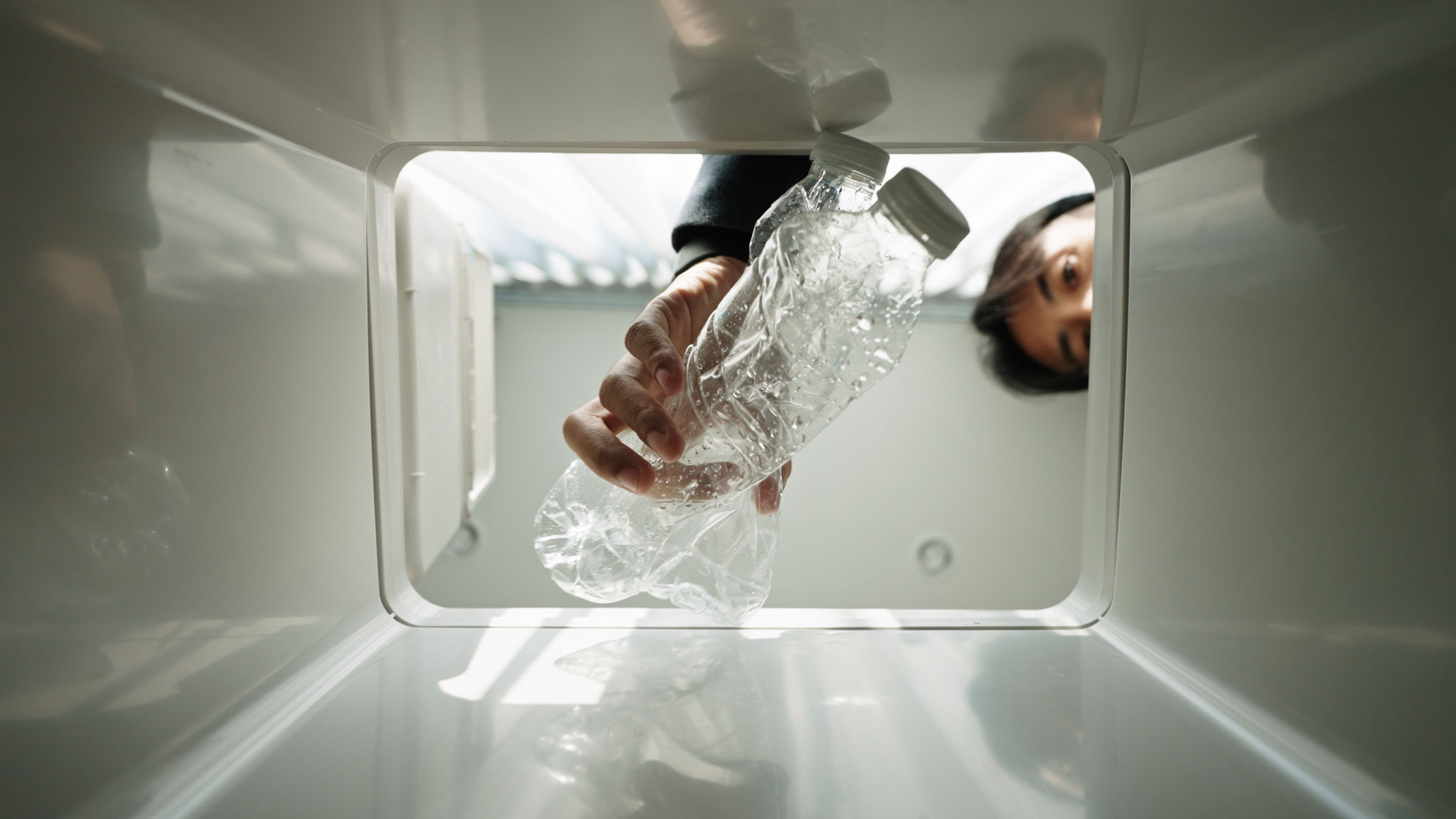Comparing Food Packaging Solutions: Automated Systems vs. Traditional Methods
Understanding Food Packaging Solutions
In the dynamic world of food packaging, businesses often face a choice between adopting automated systems or sticking with traditional methods. Each approach offers unique advantages and challenges, making it essential to understand their differences and choose the right solution for your needs.

What Are Automated Packaging Systems?
Automated packaging systems utilize advanced machinery and technology to streamline the packaging process. These systems can handle everything from filling and sealing to labeling and palletizing, often with minimal human intervention. The primary benefit of automation is increased efficiency, which can lead to reduced labor costs and faster production times.
Automation is particularly beneficial for large-scale operations that require high-speed production. By reducing human error, these systems can also enhance the quality and consistency of the packaging, ensuring that products meet industry standards.
Exploring Traditional Packaging Methods
Traditional packaging methods, on the other hand, rely heavily on manual labor. This approach often involves hand-packing products and using simple machines for tasks like sealing and labeling. While it may seem outdated in some respects, traditional methods offer a level of flexibility that automated systems may lack.
For small businesses or specialty products, traditional methods can be more cost-effective and adaptable. They allow for more personalized packaging solutions and can easily accommodate changes in product design or packaging materials.

Comparative Analysis: Automation vs. Tradition
When comparing automated systems to traditional methods, several factors come into play:
- Cost: Initial investment in automated systems can be high, but they often lead to long-term savings. Traditional methods may have lower upfront costs but can incur higher labor expenses over time.
- Scalability: Automated systems are ideal for scaling up operations, while traditional methods may struggle to keep pace with increasing demand.
- Flexibility: Traditional methods offer greater flexibility for customization and small batch production.
Environmental Considerations
In today's eco-conscious market, the sustainability of packaging solutions is a critical consideration. Automated systems can be designed to minimize waste and optimize resource use, aligning with green initiatives. However, traditional methods may offer more sustainable options through the use of biodegradable or recyclable materials.

Making the Right Choice for Your Business
Ultimately, the decision between automated and traditional packaging solutions depends on the specific needs and goals of your business. Consider factors such as production volume, budget, and environmental impact when evaluating your options.
For businesses looking to expand or improve efficiency, investing in automation may be the best path forward. Conversely, companies with niche markets or lower production demands might benefit more from the adaptability of traditional methods.
The Future of Food Packaging
As technology continues to advance, the food packaging industry is likely to see further innovations that blend the best of both worlds. Hybrid models that incorporate elements of automation with traditional practices could provide a balanced approach, offering efficiency without sacrificing flexibility.
Staying informed about these developments can help businesses remain competitive and responsive to market changes, ensuring that their packaging solutions continue to meet customer needs and expectations.
